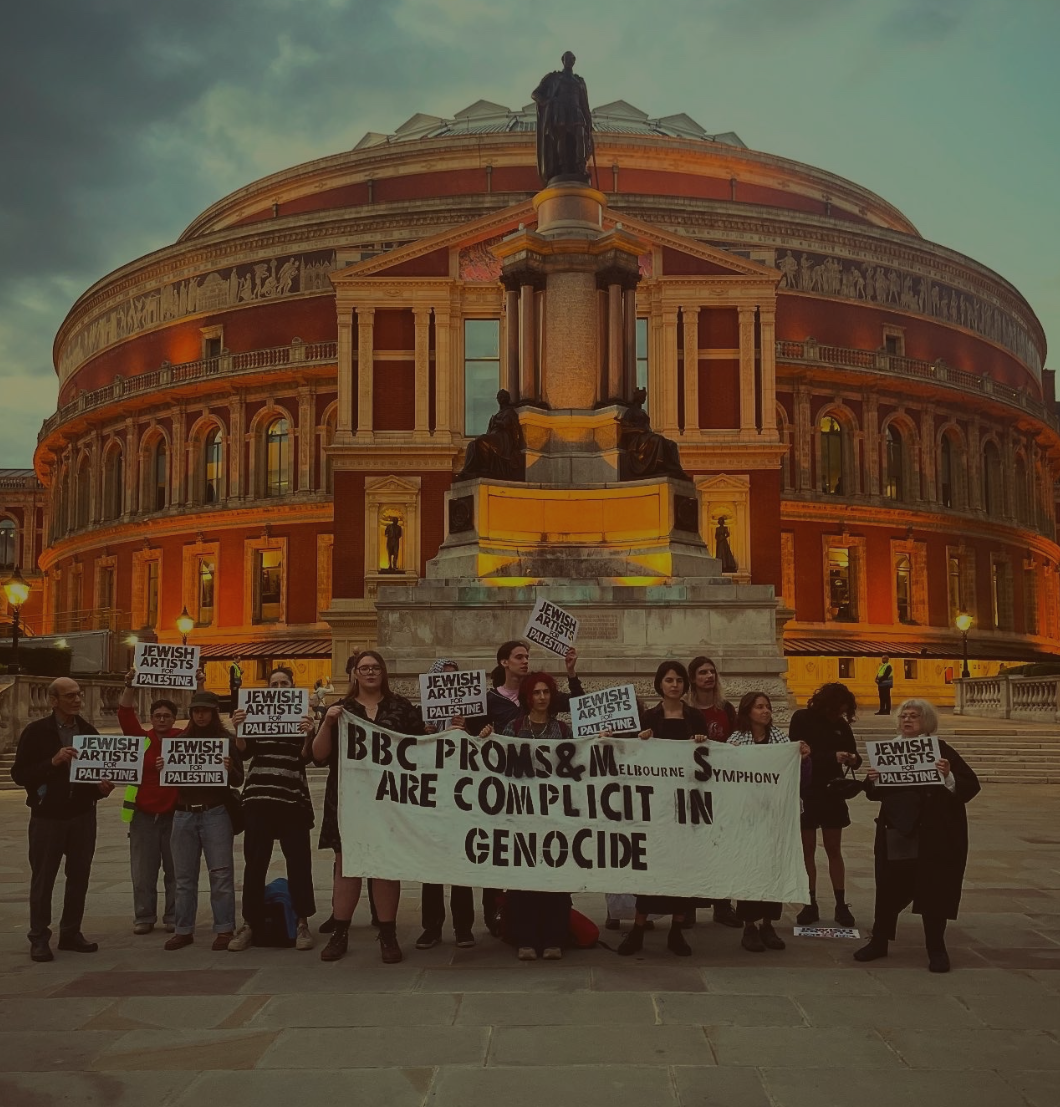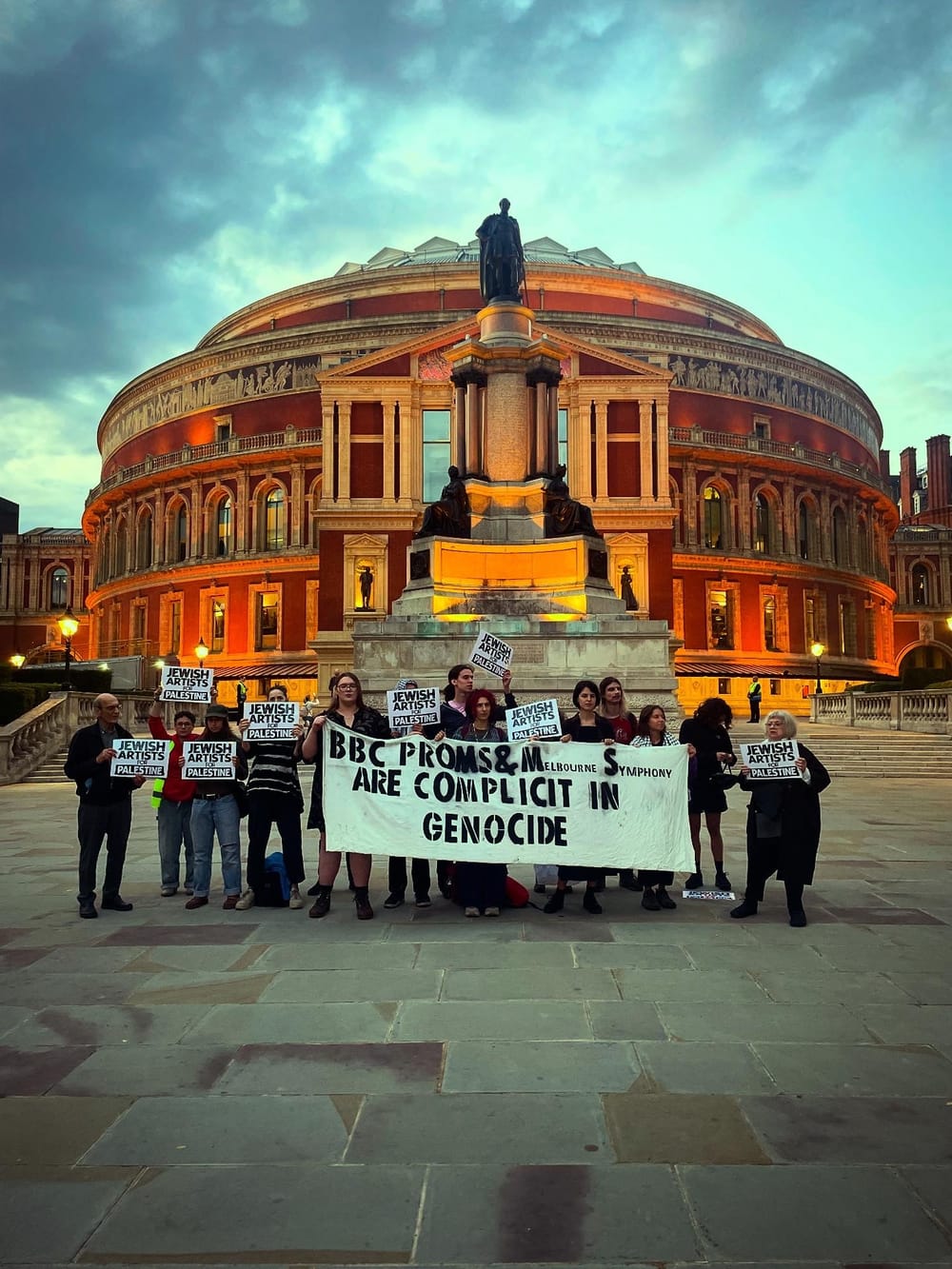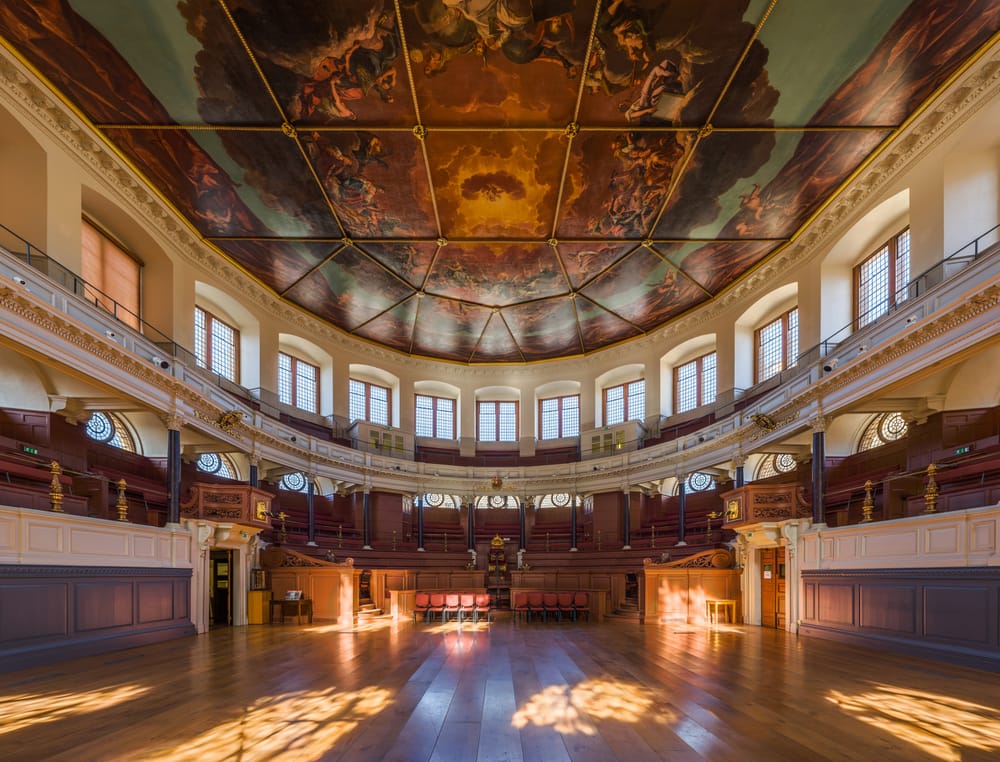A new קינד on the podcast block
The Cockney Yiddish Podcast explores the evolution of the diasporic language and the symbiosis necessary to its survival thus far and to its revival, today.
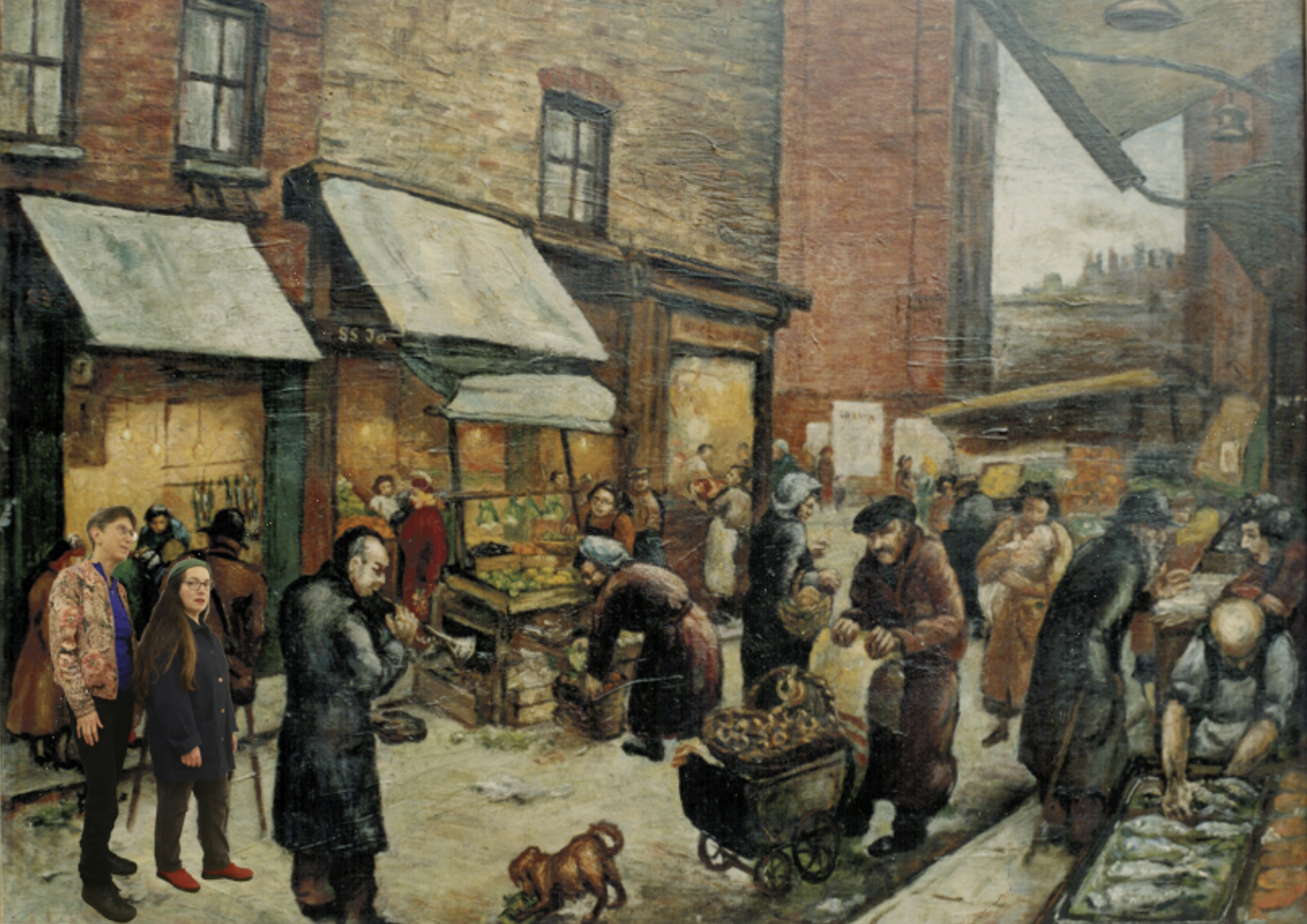
Listening carefully, the traces of Whitchapel’s historic Yiddish-speaking population are frequently audible amidst the hubbub of the East End’s surviving institutions. In E. Pellicci’s, for instance, Bethnal Green’s historic Italian caff, insults like meshugeneh have been playfully chucked across the room, flying over my head, but catching my ears. And in the beloved New Docklands Steam Baths you can still get a shmeiss in the shvitz from a regular. Yet the fusion of Yiddish and Cockney has fallen to the wayside of public memory, with these two worlds treated more often than not as separate historical legacies.
Cockney Yiddish is a new podcast showcasing the cultural entanglements of London’s Jewish East End with its surrounding Cockney culture. Across a series of seven episodes, historians Nadia Valman and Vivi Lachs take us on a lively romp through the music halls, street markets and protests of 20th century Whitechapel. No “high culture” nor shund is left untouched, as literature by the great Anglo-Yiddish writers is woven alongside urban folk songs, oral histories, and theatre. Cameos from the likes of David Schneider, Miriam Margolyes and Michael Rosen make this all a pleasure to listen to, with each of them bringing different elements of London’s vibrant yidishe gas to life.
In its celebration of the old East End, Cockney Yiddish engages deeply with the woes and losses that accompanied Jewish assimilation in Britain. Once the dominant language of Ashkenazi Jews the world over, Yiddish suffered large-scale decline across the twentieth century. From its marginalisation in and by the Zionist movement, to the destruction of many Yiddish-speaking communities during the Holocaust, by midcentury it had lost its status as the lingua franca of Jewish life. The Haredi community today constitutes the majority of the world’s Yiddish speaking population, with a rapidly dwindling number of native speakers outside this ultra-orthodox group. In Britain specifically, Yiddish was actively rejected by the assimilationist aspirations of large segments of the Jewish community.
While the widespread upward mobility of Britain’s Jewish community has often been celebrated as a success story of integration, the loss of Yiddish and its attendant cultural milieu has left a tangible deficit. The first episode of Cockney Yiddish grapples with this head on, as Miriam Margolyes narrates A London Girl’s Secret, a beautiful and melancholy story by I.A. Lisky, newly translated by Barry Smerin. The tale captures the sorrow felt by a second-generation immigrant Jewish girl who cannot speak to her grandmother, having been deprived of access to the mame loshn. Later, hosts Valman and Lachs discuss the work of Alexander Baron, who wrote widely about the hollowness of Jewish suburbia and his longing for the rough and tumble interwar Whitechapel of his childhood.
But as Lachs and Valman point out in the sixth episode – fittingly titled Look Back in Shmaltz – yearning for the Jewish East End has often been a yearning for an imaginary past. This has built on a longer memorialisation of the shtetl as a kind of Jewish pastoral, falsely distinguishing between a “before” of innocence and purity – variously situated pre-urbanisation, pre-migration or pre-holocaust – and an “after” of degradation and acculturation.
Though a widespread phenomenon, Yiddish nostalgia has particular salience on the political left. As I have explored before, feminists and leftists have long since turned to Yiddish to claim a countercultural (and, perhaps implicitly, working class) lineage in Jewish history. Today, widespread disillusionment with the Zionism of the Jewish cultural mainstream has intensified a hunger for a distinctly diasporic identity – of which Yiddish has become emblematic. Efforts by young non-Zionists to revive the The Jewish Labour Bund in America are perhaps a key example of this. Closer to home, the inclusion of Yiddish socialist songs in Na’amod’s Freedom For All Seder is indicative of a similar trend.
In many ways, this reflects a genuinely radical diasporic thread in Yiddish history. As Lachs and Valman illustrate, a large proportion of the East End’s Yiddish-speaking community were communists, socialists and anarchists. In episode two, Nick Cassenbaum narrates A Meshugenah Filosof, a short story by anarchist Yiddish poet Morris Wintchevsky, whose Yiddish anthem Ale Brider is still widely sung in Jewish leftist spaces.
Yet, in reality, Yiddish is anything but a refuge from ongoing political ruptures in the Jewish community. Instead, like all languages, it has been spoken by people with a great variety of political views, and still is today. Arguably, the very ragtag diversity of its speakers is what makes Yiddish such a rich resource for diasporic cultural revival, something that gets lost when it is engaged with only selectively.
Academic Helen Beer has critiqued the pastiching effect of Yiddish engagements that are cherry-picked. She refers to this phenomenon as “Yiddish without Yiddish”: that is, culture that identifies with Yiddish as an idea but has scant knowledge of the language. In episode four of Cockney Yiddish, Lachs and Valman explore a similar critique as they discuss how Yiddish is transformed into something kitsch and comic when peppered selectively into English. Here they acknowledge their own ambivalences around the dynamics of selective language reclamation.
At the same time, in their emphasis on the intersection of Yiddish and Cockney slang, Lachs and Valman problematise the idea that there has ever been a “pure” Yiddish in Britain. Drawing listener’s attention to the phenomenon of cultural exchange and survival, we learn that words like “kup-a-tea” were common parlance in the East End’s Yiddish dialect, and that even amongst Haredim living in Stamford Hill today, English verbs are meshed with Yiddish grammatical structures. We might have assumed that Yiddish has survived in Britain solely as a result of the self-isolation of the Haredi community – but as Lachs and Valman remind us, it is a little more complicated, a little messier than that. Cockney Yiddish invites us to consider the very nature of diaspora: how it has made for and continues to make for a language that is profoundly alive, changing, and adaptive.
Importantly, one episode is entirely in Yiddish. Many listeners will be unable to follow the episode in full, or at all. But this is perhaps the point – the creators manage to disrupt the tragic romance frequently attached to Yiddish, as we are made to see and hear that the language is anything but dead. Lachs interviews Yiddish teacher Sima Beeri alongside young Haredi Jews, older Holocaust survivors, and new learners. Here, we are given a tam of the full breadth of the language, not as phantom or chimera but as something alive and well.
Nonetheless, outside of Stamford Hill, most contemporary cultural engagements with Yiddish in Britain still take place primarily in English. Most recently, Cassenbaum’s much-celebrated After the Levoyah was infused with Yiddish despite being an English language play. A particular rise in diaspora dramaturgy that uses Yiddish language or draws on Yiddish culture indicates an increasing appetite for the language. Arguably, due to the ephemeral nature of a visit to the theatre – where we receive, observe, and then go home – these engagements risk playing with “Yiddish without Yiddish”. But it is clear that something deeper is being ignited in the audience. The launch of the Yiddish Sof-Vokh (an immersive Yiddish weekend) four years ago represented a remarkable shift in Britain’s Yiddish scene, towards creating opportunities to speak, think and socialise in Yiddish, as well as about Yiddish. In pursuit of full and genuine immersion, members of the Sof-Vokh have been working towards the launch of a Yiddish language shmues group.
Cockney Yiddish, while engaged primarily with a bygone era of Yiddish linguistic ascendancy, is also a rallying cry for engagements with Yiddish across the full spectrum: from homage to immersion, both in and about Yiddish. Accompanying the release of the podcast, Lachs and Valman have compiled a series of resources including new translations of Yiddish literature, recordings of songs and oral histories, all ripe for use by those who are hungry for more. As Lachs remarks tantalisingly in the final episode, so much of the greatest Yiddish literature has never been translated into English. What remains to be seen is how much fantastic Yiddish literature is yet to be written. That only time will tell. ▼
Aleph Ross is a PhD student working on sexuality, sexual medicine and Jewishness in 20th century Britain. She sits on the steering group of the Yiddish Sof-Vokh, the UK’s first and only immersive Yiddish residential weekend and is also working (slowly) on a biography of Morris Myer, a Romanian-born Yiddish journalist based in London, and her great-great grandfather.
Author
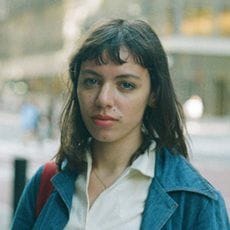
Aleph Ross is a PhD student at the University of Birmingham writing about the history of sexuality in Britain’s Jewish community.
Sign up for The Pickle and New, From Vashti.
Stay up to date with Vashti.
